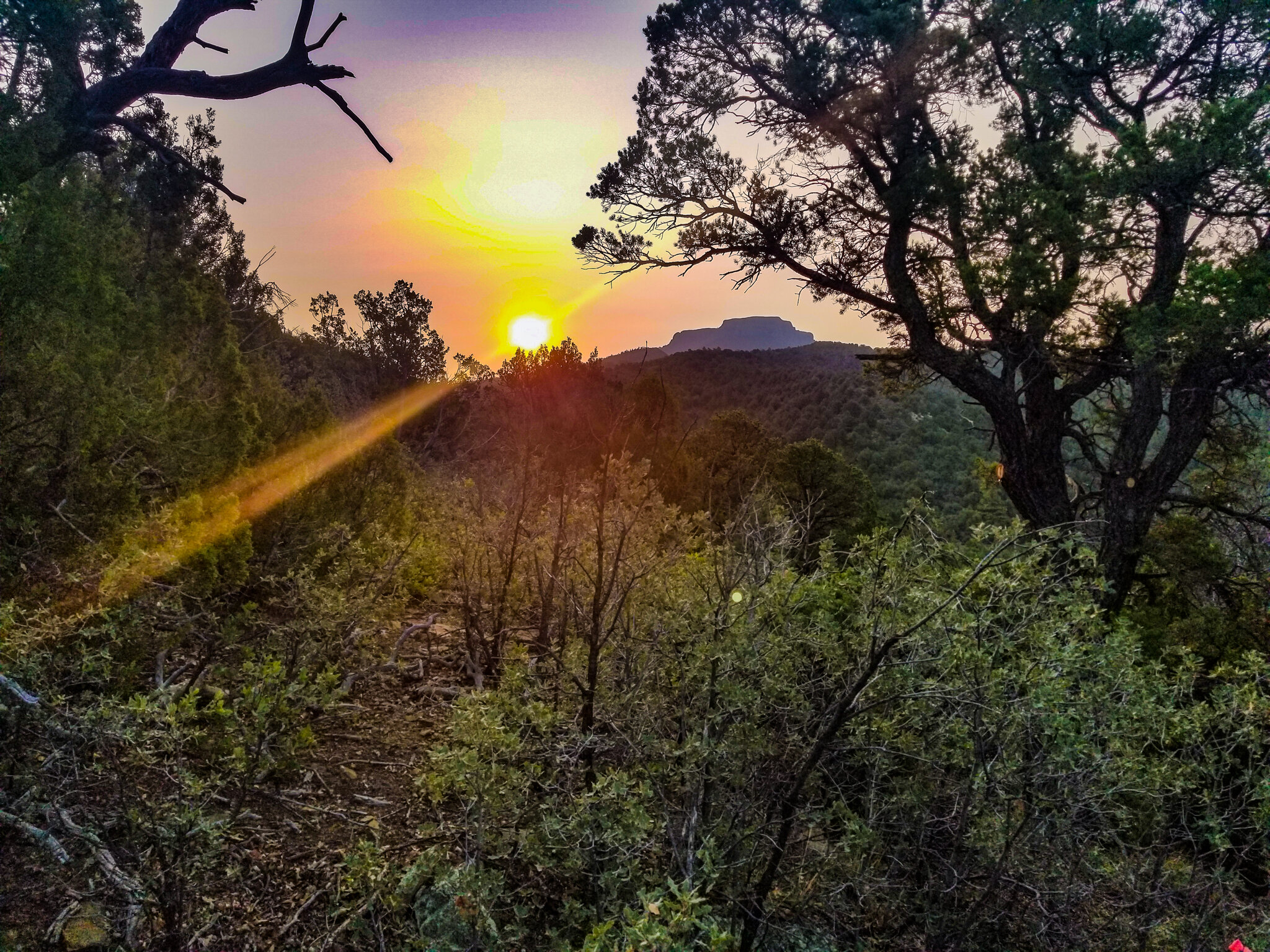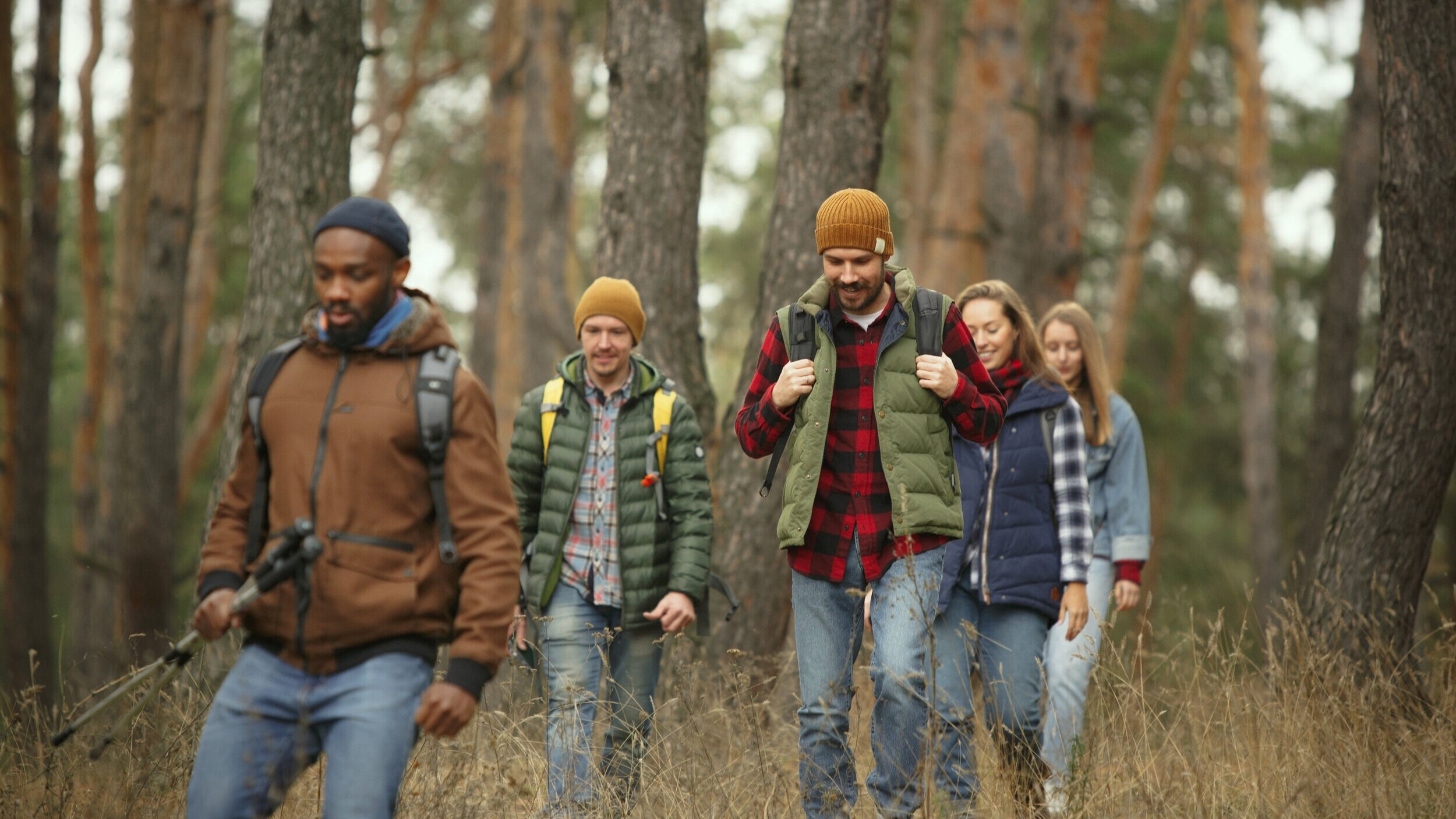FISHERS PEAK STATE PARK MASTER PLAN OVERVIEW AND STRUCTURE
The Fishers Peak State Park Master Plan (Master Plan) is an overarching management guide, which will help identify desired future conditions to guide long-term management and development for the State Park. The approach to developing the Master Plan encompasses on-site data collection and analysis, local community involvement and outreach, stakeholder engagement at the regional and state-wide levels, and collaboration and guidance from a variety of subject-matter experts (largely from Partner organizations). Through this collaborative and iterative approach, the Master Plan will be informed by both science and public sentiment, and, in doing so, will work to find the right balance between the necessity for protecting the State Park with the opportunity for meaningful human access and recreation.
VISION FOR THE PARK
As it has for eons, Fishers Peak continues to provide for the life that thrives there and serves as a destination for those inspired by all that nature offers for generations to come.
BLUEPRINT TO ACHIEVE THE VISION
Fishers Peak State Park offers a unique and synergistic blend of resource conservation, recreation, education, economic benefit, and cultural significance to the City of Trinidad and the State of Colorado.
Preliminary Vision Focus Areas & Objectives
* The following Preliminary Vision Focus Areas & Objectives were developed by the project partners and informed by the Community Visioning Document to help provide guidance for the Master Planning process.
1. NATURAL SYSTEMS AND WILDLIFE ARE MAINTAINED, CONSERVED, AND PROTECTED
Objective 1: Existing natural resources and their conditions determine a baseline to inform long-term property management.
Objective 2: The park maintains ecological sustainability for wildlife habitats and populations.
2. NATURE-BASED OUTDOOR AND RECREATION ACTIVITIES ENHANCE THE VISITOR EXPERIENCE
Objective 1: Recreational activities complement the resources and local/regional context of the Park.
Objective 2: The Park’s character relates to the recreational opportunities best suited for the property landscape and topography.
Objective 3: Visitor behavior and natural resource response informs phased recreation opportunities.
3. THE PARK REMAINS A CULTURAL AND HISTORICAL RESOURCE
Objective 1: Cultural and historical resources are honored, preserved, and protected.
Objective 2: Local heritage, as well as history and ongoing significance of the Park property, informs recreation and interpretation opportunities.
Objective 3: Best Management Practices seek to avoid impacts to and degradation/reduction of significant non-renewable resources.
4. OUTREACH AND EDUCATIONAL OPPORTUNITIES EXIST FOR ALL COLORADANS AND VISITORS
Objective 1: Inclusive, nature-based recreational and educational activities are available for everyone.
Objective 2: Programming and interpretive content enhance visitors’ understanding and appreciation of the Park’s cultural, historical, and natural resources.
Objective 3: Education and interpretive messaging foster visitor behavior that protects the Park’s resources.
Objective 4: Local community residents continue to connect with and learn about the Park and its resources.
5. ECONOMIC BENEFIT EXISTS IN THE CONTEXT OF THE QUALITIES AND CHARACTER OF THE LOCAL COMMUNITY
Objective 1: The local economy expands and new business opportunities develop in a manner that preserves the community’s vision for prosperity.
Objective 2: Improvement in local economic performance is related to recreational activities.
Objective 3: Trinidad and the local area are seen as a destination.
6. PARTNERSHIP ALONG WITH PARK DEVELOPMENT AND OPERATIONS ADVANCE OBJECTIVES FROM ALL VISION FOCUS AREAS
Objective 1: Partners’ expertise serve as a foundation to inform Park management.
Objective 2: Partnership diversity and project story inspire similar projects around the nation for the benefit of public lands.
Objective 3: Available financial resources and the Park management sustain the quality and condition of the natural resources and recreation opportunities.
Objective 4: Park management responds to the dynamic nature of visitor behavior, recreation trends, population trends, natural disasters (i.e., fire, flood, drought) and other changing conditions.







